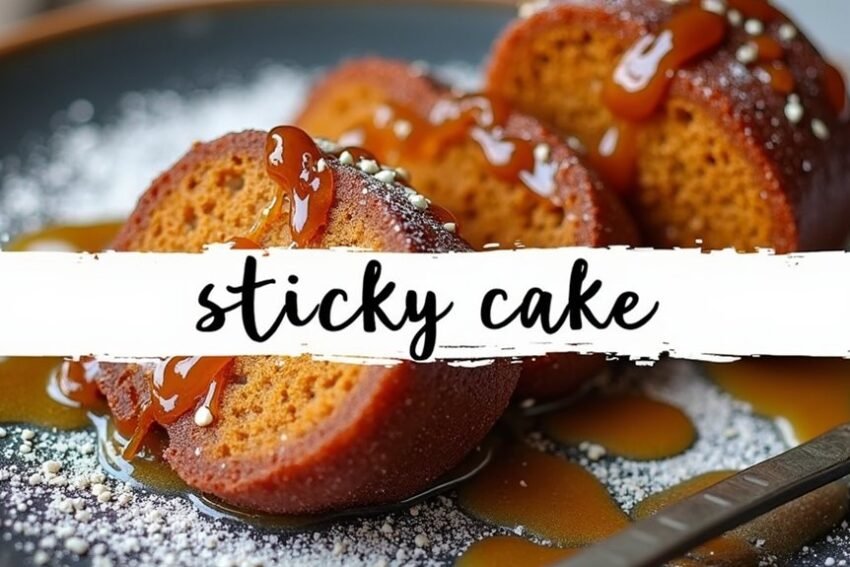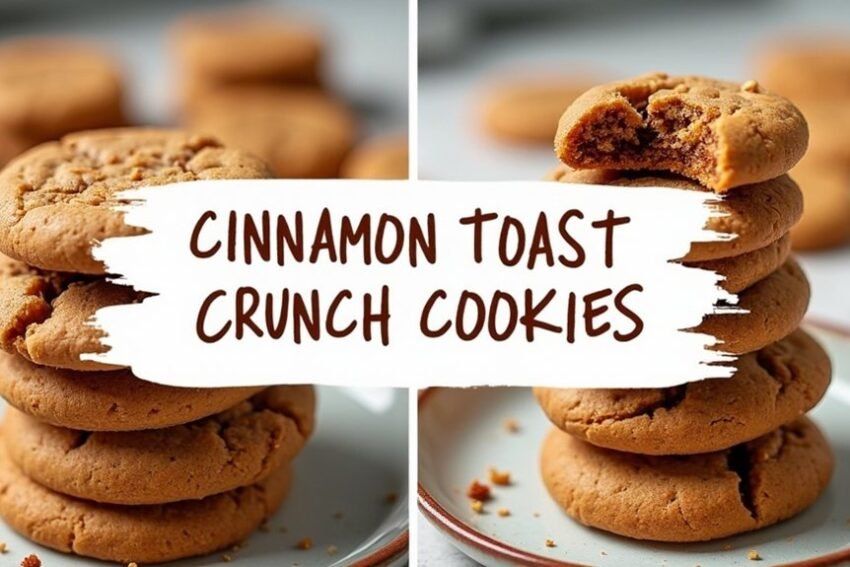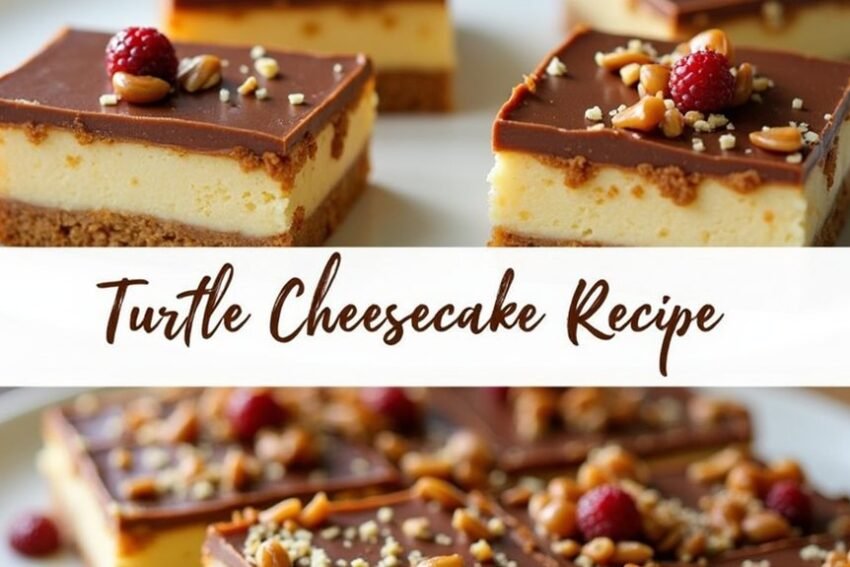Creamy Custard Sauce Recipe – Perfect for Desserts
Creamy Custard Sauce Recipe – Perfect for Desserts
Imagine serving a slice of rich chocolate cake topped with a smooth, creamy custard sauce—it transforms a simple dessert into something truly indulgent. You might wonder what makes this sauce such an essential companion for various desserts. It’s not just about the taste; it’s the texture and versatility it adds that raise your culinary creations. As you investigate the nuances of crafting the perfect custard, you’ll uncover tips and techniques that can improve your overall dessert experience, making every bite a memorable one. What’s the secret behind achieving that ideal consistency?
Key Takeaways
- Combine 500ml whole milk, 3 egg yolks, and 30g sugar in a saucepan for a rich base.
- Gradually whisk heated milk into the egg mixture to ensure a smooth texture.
- Cook over low to medium heat, stirring constantly until the sauce thickens.
- Optionally add 1/2 teaspoon vanilla extract and 2 tablespoons flour for extra flavor and thickness.
- Serve warm with desserts like apple cake or chilled with trifle for a delightful experience.
History
From ancient Rome to modern kitchens, custard has a rich and varied history that reflects culinary evolution across centuries. You might be surprised to learn that custard’s early beginnings can be traced back to ancient Rome, where it was known as “custos” or “crustardes.” During the Middle Ages, custard often filled pies and tarts, developing as it spread across Europe. The French added spices like cinnamon and nutmeg, enhancing its flavor. One significant cooking technique that has endured through time is the use of a double boiler to achieve a smooth, creamy custard.
Key historical points include:
- Custard Tarts: Gained popularity, often featuring fruits like apples and cherries.
- Renaissance Influence: European navigators transported custard to the New World, leading to adaptations with local ingredients.
- Innovations in Baking: The development of individual custard cups and the use of hot water baths improved preparation techniques.
Recipe
Making a creamy custard sauce is a rewarding process that yields a deliciously versatile treat, perfect for drizzling over desserts or enjoying on its own. The foundation of a great custard lies in the careful combination of egg yolks, sugar, and whole milk, which when cooked gently, transforms into a velvety sauce. This recipe walks you through achieving the perfect consistency while guaranteeing rich flavors shine through with the addition of vanilla.
Homemade custard allows for customizable sugar levels for personal preference, offering healthier choices compared to ready-made options that are often overly sweet. This custard sauce can be served warm or chilled, making it an ideal addition to many desserts, such as cakes, puddings, or trifles. With a few simple ingredients and careful technique, you can master the art of custard and impress your family and friends with your culinary prowess.
Ingredients:
– 500ml whole milk
– 3 egg yolks
– 30g sugar
– 2 tablespoons flour (optional)
– 1/2 teaspoon vanilla extract
In a saucepan, heat the whole milk over medium heat until it’s just under boiling, stirring constantly to prevent scorching. Meanwhile, in a separate bowl, beat the egg yolks and whisk in the sugar and flour (if using) until smooth.
Once the milk is heated, gradually pour it into the egg mixture while whisking vigorously to temper the eggs. Strain the combined mixture through a fine-mesh sieve back into the saucepan. Cook over low to medium heat, stirring constantly until the sauce thickens and coats the back of a spoon.
Remove from heat and stir in the vanilla extract. If necessary, strain again to remove any lumps before allowing it to cool or refrigerating it until ready to serve.
For best results, confirm that you whisk constantly while cooking to prevent the custard from becoming grainy or developing lumps. If you want to add different flavor profiles, consider incorporating chocolate, lemon zest, or even coconut.
You can prepare the custard a day in advance and refrigerate it, then gently reheat before serving. Enjoy the creamy richness and versatility of your homemade custard sauce!
Final Thoughts
Creating your own creamy custard sauce opens up a world of delicious possibilities for improving your desserts. This versatile sauce pairs beautifully with various sweet treats, including:
- Warm desserts like apple cake and bread pudding
- Chilled desserts such as trifle
- Fresh fruit
- Cakes, including pound cake
- Cobblers and crisps
To boost your sauce, consider exploring diverse flavors. You can easily enrich the custard with:
- Chocolate chips or a chocolate hazelnut spread for chocolate lovers
- Coconut, chopped nuts, or dried fruit for added texture
- Lemon zest or juice for a revitalizing twist
- Spices like cinnamon or nutmeg for warmth
When preparing your custard sauce, remember it can be made ahead of time and stored in the fridge for 3-4 days. Additionally, many custard desserts include classic favorites like Crème Brûlée and Crème Caramel, showcasing the versatility of custard in various forms.
However, handle it gently if reheating to avoid curdling. Always reheat over low heat or using a double boiler, and don’t boil.
Straining the sauce before serving will guarantee a smooth, velvety texture. Aim for the right thickness by adjusting your cooking time, and enjoy the delightful improvements this sauce brings to your desserts!
FAQ
If you’re new to making custard sauce or have some questions about the process, this FAQ section is here to help.
Key Ingredients:
– Milk or cream
– Egg yolks
– Sugar
– Thickener (flour or cornstarch)
– Vanilla extract
Preparation Tips:
– Heat the milk gently until steaming, but not boiling.
– In a separate bowl, whisk the egg yolks and sugar until thickened.
– Slowly add the heated milk to the egg mixture, whisking constantly to prevent scrambling. This recipe utilizes common ingredients found at home, making it accessible for everyone.
Cooking and Thickening:
– Cook over low heat, stirring constantly until the mixture thickens and coats the back of a spoon.
– To guarantee a smooth texture, strain through a sieve into a clean bowl.
Cooling and Storing:
– Cool the custard by placing the bowl in ice water and continue whisking until fully cooled.
– Store the custard in the refrigerator until ready to use.
Common Mistakes:
– Avoid letting the mixture boil, which can cause scrambling.
– Always whisk constantly to achieve even cooking.
With these guidelines, you’ll be well on your way to mastering creamy custard sauce!





